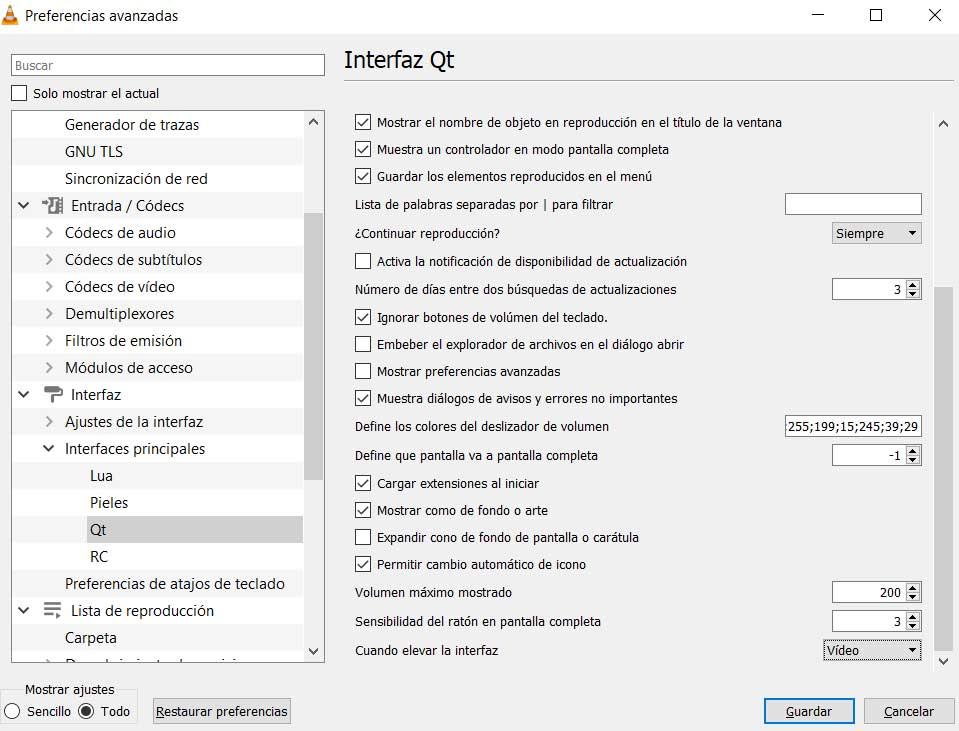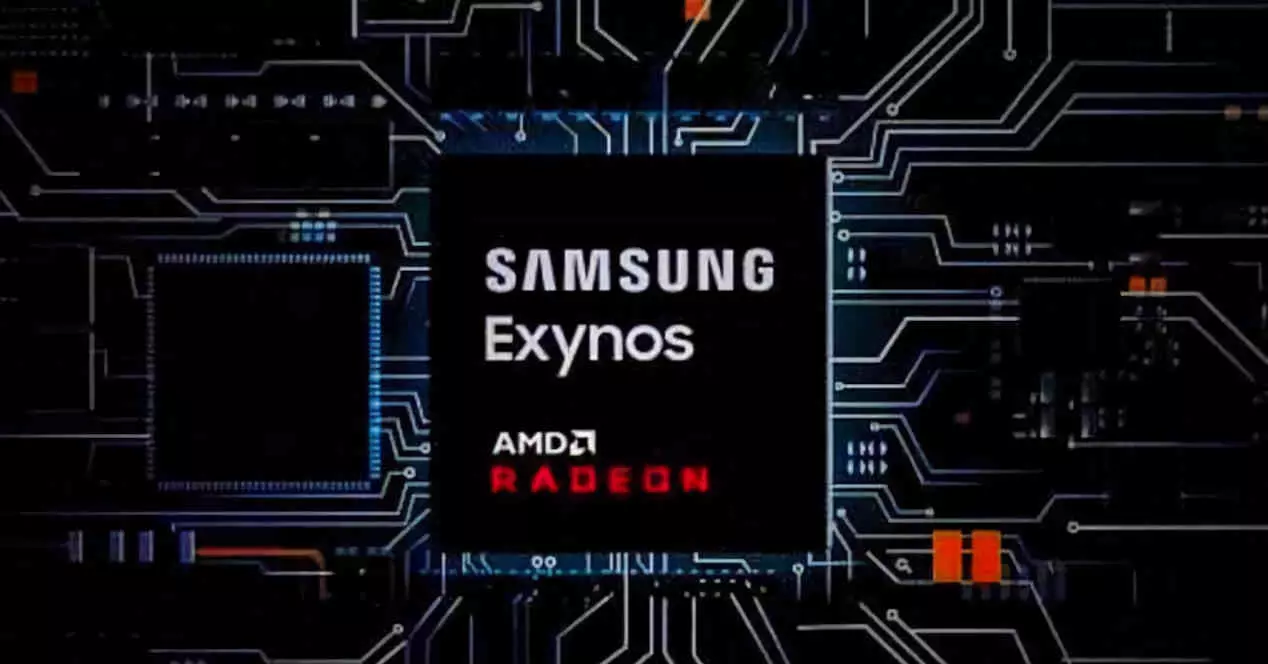
For this reason, today we bring you a way to greatly reduce the consumption and unnecessary activation of your GPU at times when it shouldn’t be like this, without influencing anything when it really needs to squeeze its full potential.
Enable VRR on your AMD
Based on data from other sources, these systems could require up to more than 100 watts of power than necessary, which would be much more than some of its rivals like GeForce. And what would imply a very important monthly consumption, this being also unnecessary, apart from the wear and reduced useful life of the component.
During these days, the editors of ComputerBase conducted tests with a new power monitoring software called Powenetics 2. This change led them to test all graphics cards to improve the accuracy of the data.
One item reviewed was the test monitor, which now supports Variable Refresh Rate (VRR) technology. AMD Radeon GPUs have been observed to consume considerably less power when connected to these VRR monitors, though it’s important to note that this may not always be the case. Other variables are likely to influence the power consumption of graphics cards, so results may vary depending on the situation.
VRR (also known as Adaptive Sync, FreeSync, or G-Sync) settings are available in Windows and AMD drivers. AMD drivers can now enable this feature automatically. This led to the discovery that these settings can have a big effect on power consumption of Radeon GPUs as we can see below:
Activation of variable refresh rate technology (VRR) shows significant improvements in performance for both single monitor use and dual monitor system use. These improvements are most noticeable when the system is in an idle state.
However, in the case of video playback in SDR (Standard Dynamic Range) mode, no major changes have been observed with VRR enabled. This may be because SDR video playback is already optimized and is not influenced as much by this type of technology.
When combining this configuration with the Radeon RX 7900 series of graphics cards, it has been observed that these cards consume less power compared to current NVIDIA RTX 4080 models. Something very curious, since it did not happen before.
Furthermore, the good results are not just limited to the latest RDNA3 architecture, as performance improvements have also been reported with older Radeon 6000 series models. However, on these older models, the difference in power consumption it is less compared to the latest Radeon RX 7900 graphics cards.




